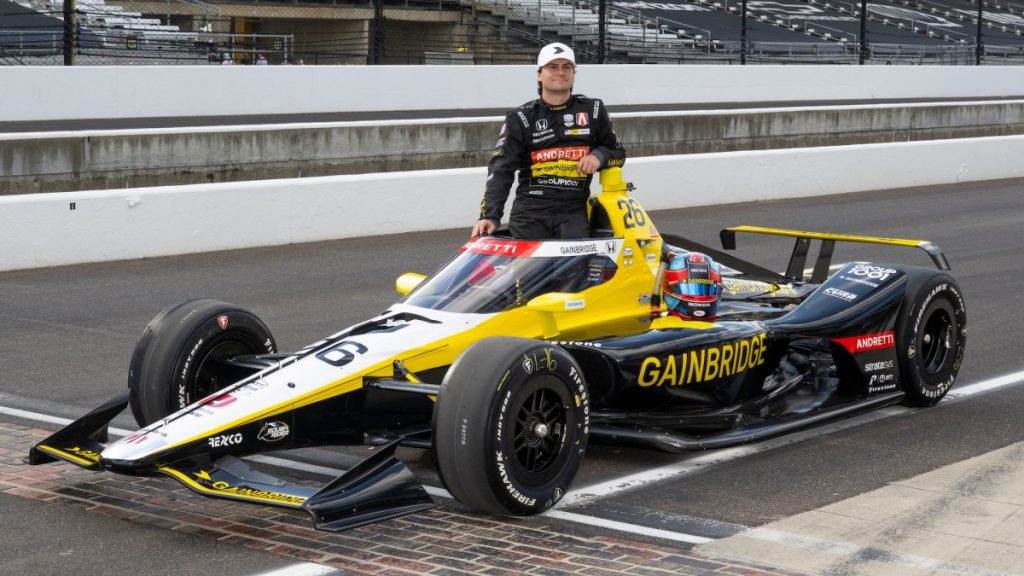Cadillac F1 Team’s test driver, Colton Herta, will be racing with Hitech in Formula 2 starting in 2026. This opportunity will enhance his skills and confidence, preparing him for global competition in the future. Engaging with the European single-seater environment is crucial for his aspirations in Formula 1.
Herta deserves credit for choosing to leave a comfortable spot in IndyCar to pursue his F1 ambitions. His successful tenure in the American series, along with connections at Andretti Global, has placed him well within the Cadillac F1 umbrella. However, success beyond that requires more than just existing status.
At 25, Herta will transition from competing alongside top-tier IndyCar drivers to facing younger competitors in F2. His experience gives him an edge that many will envy, and with guidance from veterans like Sergio Perez and Valtteri Bottas, Cadillac’s future looks promising.
“I’m thrilled to officially join F2 for the 2026 season,” Herta remarked. “This is an incredible chance to refine my skills in Europe and test myself against the best young drivers globally. Competing on the same weekends as Formula 1 will provide invaluable experience within that environment.”
Herta emphasizes a crucial point: racing on F1 weekends is vital for gaining immediate insights into that atmosphere. This can be pivotal for many young American racers who often face the decision of staying relatively unknown in North America or moving to Europe early for a shot at global recognition.
Herta’s journey to F1 has been delayed, which is both intriguing and concerning. Comparatively, other young stars like Max Verstappen and Lando Norris have already made significant impacts. Herta is now positioned to solidify his path in the upcoming two years, aiming for a potential F1 seat by 2027 or 2028.
As Dan Towriss, CEO of TWG Motorsports and Cadillac F1 Team, stated, “Colton is showing remarkable talent and professionalism. Competing in F2 will significantly enhance his racecraft and integration with our team as he supports our testing and simulator efforts.”



